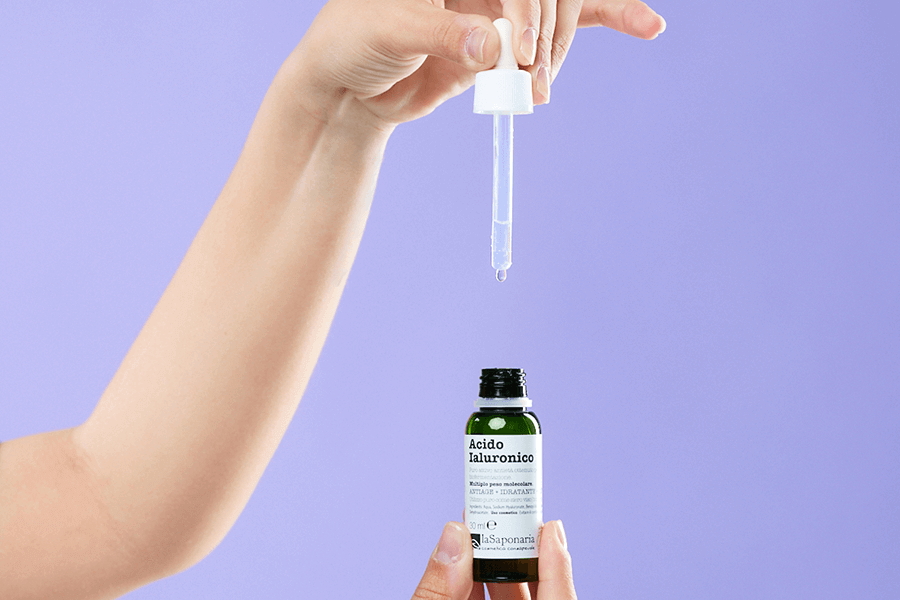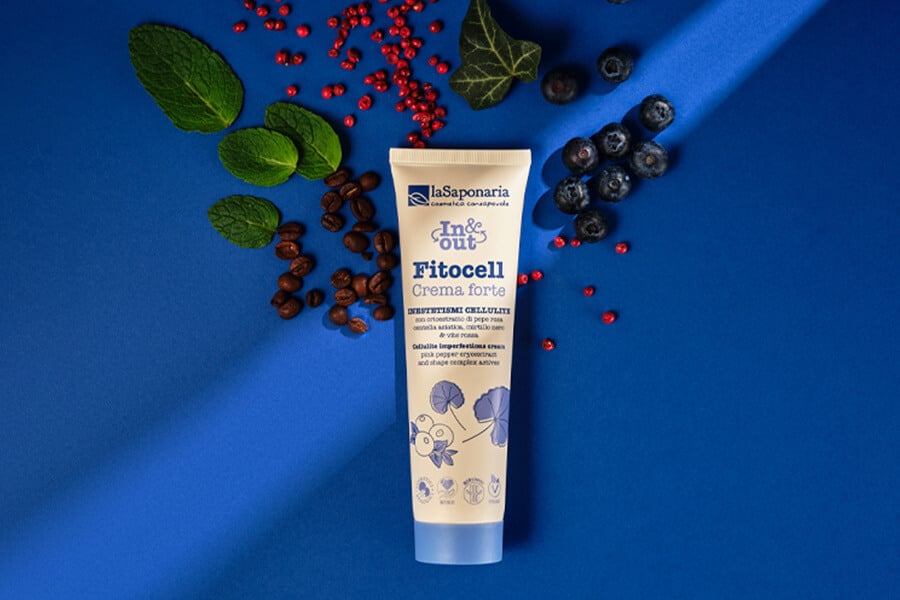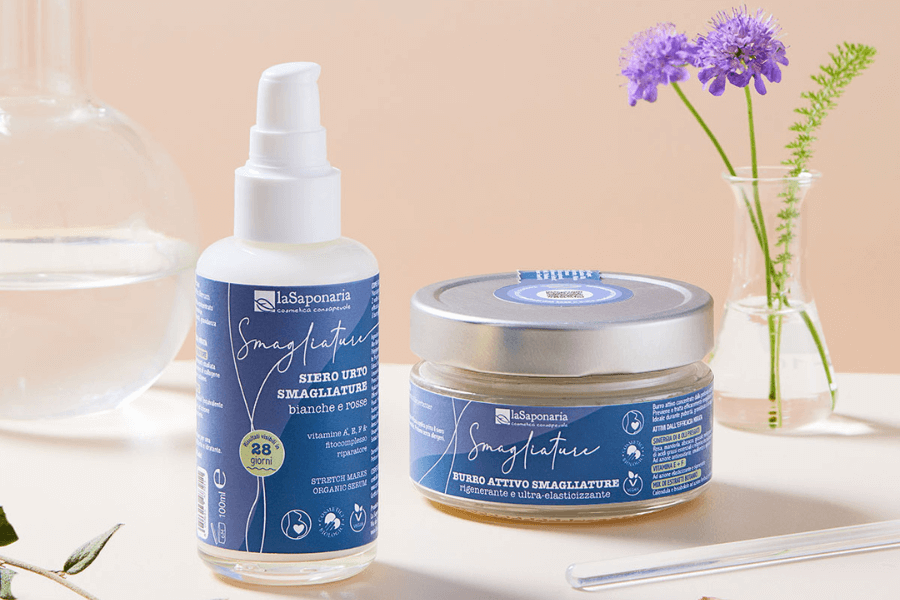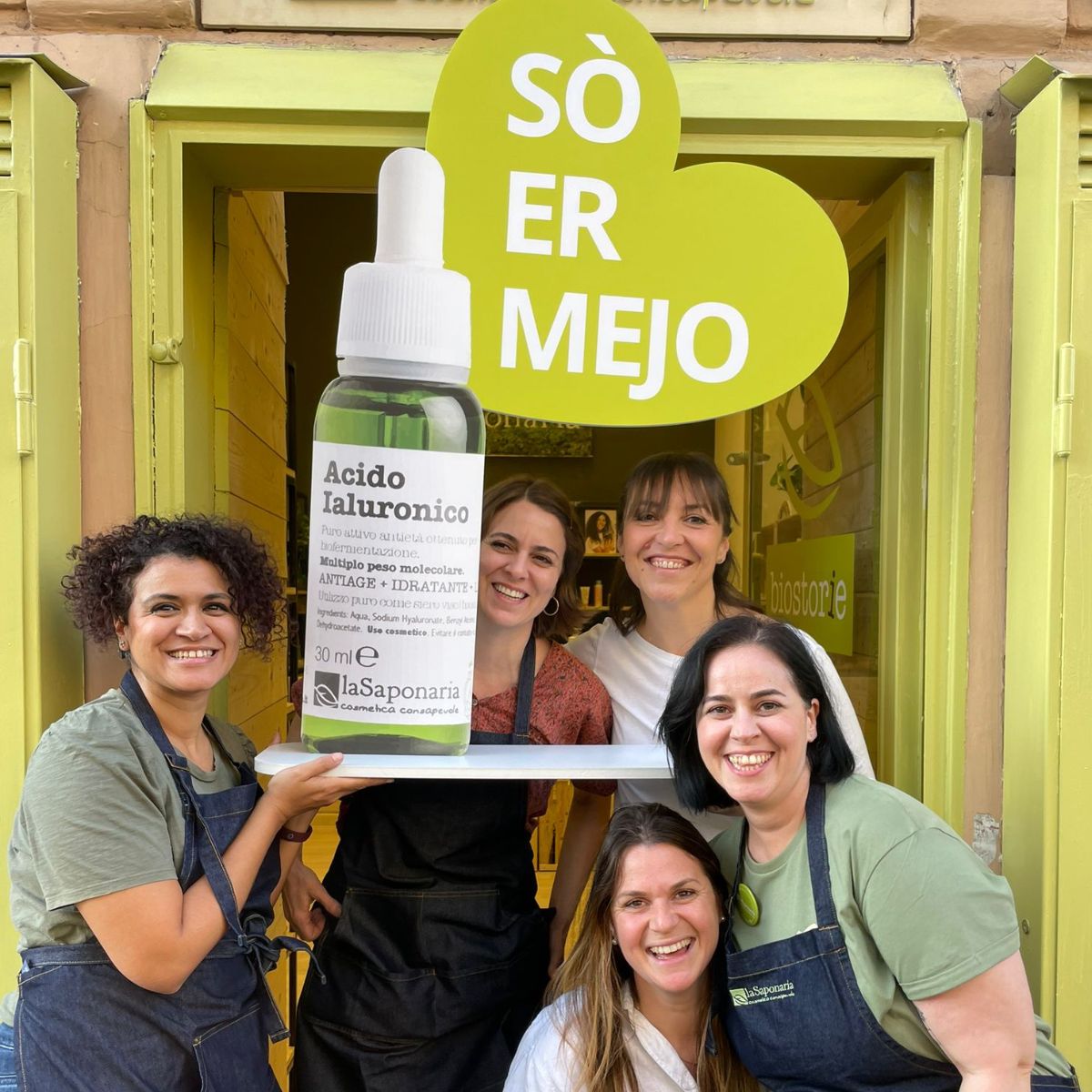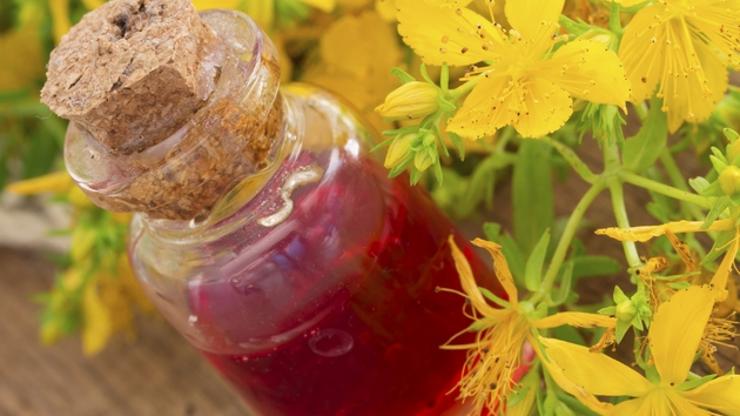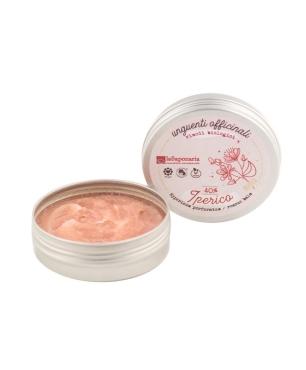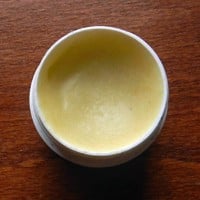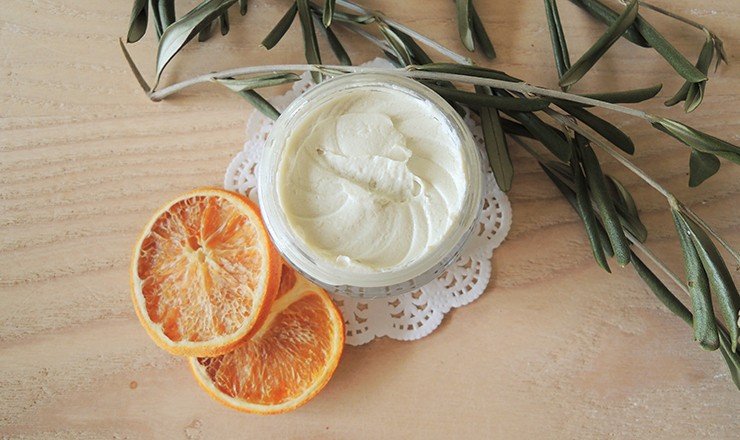Fresh St. John Wort Oil flowers
Sunflower oil
What is St. John's Wort oil?
Hypericum (or St John's Wort) is a herbaceous plant with characteristic yellow flowers. The leaves are elongated ovals, with the taller ones being the smallest. When viewed against the light they have a kind of perforation (they are actually translucent glands). This apparent perforation has given rise to the botanical name: Hypericum Perforatum. If you take a good look around these days, you will certainly find it too. Hypericum in fact grows everywhere (even on city roadsides) but it certainly prefers sparse, bright woods, sunny and dry locations such as abandoned fields and rural environments. Obviously, for harvesting we should choose land away from traffic and located in unspoilt areas!
When is it harvested?
St. John's Wort reaches its peak flowering during the summer solstice and the most auspicious day for harvesting is said to be 24 June (St. John's night), hence the popular name. Tradition says that St John's wort is harvested on St John's night, a magical night when not only do witches and devils traditionally gather for their Sabbath, but good or bad omens for the future are drawn. We don't know if this is true or not but it is certainly the most auspicious time to harvest in order to get the maximum benefits from this extraordinary plant!
What are its properties in cosmetics?
St. John's Wort is rich in active ingredients such as flavonoids, tannins, hypercin, chlorogenic acid and caffeic acid. St. John's Wort oil is a valuable remedy for sunburns, burns and sun erythema. It is also useful for treating nappy rash in children, is an excellent whitener for skin blemishes, gives excellent results in the treatment of psoriasis and is also an excellent ally in combating ageing as it stimulates cell regeneration (this is in fact the reason for its effectiveness against burns). Excellent as an after-sun soothing agent, however, it should not be used before exposure to the sun because it has a photosensitising effect, i.e. during sun exposure it makes the skin more sensitive to the harmful effects of radiation.
Here is how to prepare St. John's Wort oil homemade
Place the well-cleaned and dried flower tops in a glass jar (preferably a new one!) and cover to the brim with sunflower oil. Leave to ripen for about a month, the last week expose to the sun (not before because too long a time in the sun could turn the oil rancid). You will then have a perfect homemade St. John's Wort oil with love :)
St. John's Wort ointment
With St. John's Wort it is also possible to formulate an ointment, which is perfect for use in the case of burns from both burns and sunburn. We have created a small concentrate of nature that is 100% Vegan and formulated with just a few ingredients, chosen one by one to act synergistically, enhancing each other. The St. John's Wort you find in our ointment flourishes in the Marche region and is harvested according to virtuous and sustainable methods by small local companies, respecting the right botanical timing to allow the plant to develop its full power. You can read more about it in the article on our blog.
Preparation
The recipe for St. John's Wort oil is very simple and only requires two ingredients: fresh St. John's Wort flowers and sunflower oil (which can be replaced with olive oil or sweet almond oil).
After hand-picking the flowering tops of the plant, you have to wash and dry them with a cloth. Make sure they are well dried (perhaps leave them in the sun for a while) and then put them in glass containers and cover them completely with oil. These bottles should be left outdoors in the sun and shaken from time to time to stir their contents. You will notice that magically the oil will start to turn red, the famous Hypericum red!!!
All that remains now is to wait three weeks, filter and bottle in smaller bottles.
For filtering, we recommend removing the coarse parts with a sieve and then filtering again with gauze (if this is not possible, you can also use tights!). The resulting oil is clear, reddish in colour and has a characteristic scent.
How to use
St. John's Wort oil can be used pure on the skin or in cosmetic preparations.
We prepare a beeswax ointment with St. John's Wort oil and essential oils.
We recommend it for erythema and sunburn.
Compared to the oleolite, it is thicker and absorbs less quickly, enhancing the effects of St. John's Wort!

